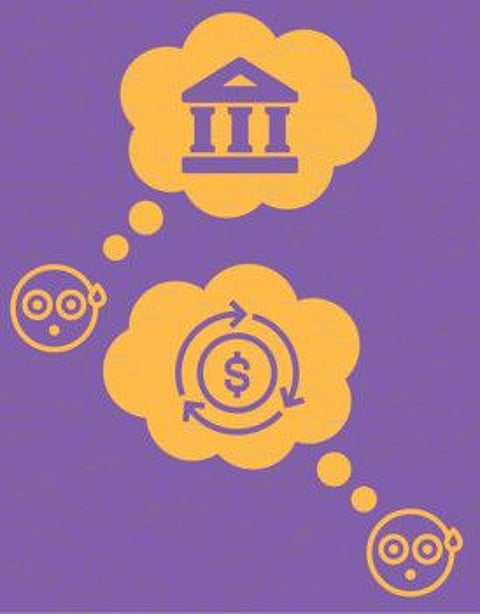It's mistaken to assume more liquidity will create a job rush
Even raising exports comes with benefits limited to just a narrow base

Central banks are undershooting their inflation targets. Why?
Historically, monetary theory in economics has worked this way. The central bank in a country prints more money, figuratively, to increase the money supply in the economy and with it, hopefully, money circulation. To do that, the central bank would lower interest rates, which will increase money supply as banks start lending more money.
Alternatively, central banks could lower reserve ratio requirements, i.e. the money required to be kept by banks for whatever that they lend out. Recently, increasing money supply has been done by bonds’ purchases, which is also intended to put more cash in the hands of whomsoever is holding those bonds.
For corporate holders, bonds are supposed to provide companies with leeway and cash to hire. After all, the relationship between lower unemployment levels and inflation has always been a classical one, identified and explained by the ‘Phillips Curve’. Namely, higher economic activity elevates inflation and lowers unemployment, which in turn raises inflation further, and so on.
Problem is that bonds’ purchases are not real economic growth that creates jobs, lowers unemployment, and raises inflation. This is simply cash received by companies that could be spent on anything but hiring. Lately, such money has been increasingly spent on share buybacks.
A spur for spending
For other holders, bonds are expected to increase spending in the economy, subject to consumer and market sentiment that nourishes such spending. For instance, COVID-19 would be a deterrent to that, as individuals would rather hold on to their cash and bank savings until there is more certainty in the economy.
Before COVID-19, and despite employment levels going up, inflation continued to lag behind. This can be partly blamed on the financial and economic scars left from the 2008 financial crisis and then the downturn caused by the virus. That is, the psychological impact makes individuals refrain from spending.
Today, according to analysts, the relationship between currencies and exports can take part of the blame too.
When money supply is increased, whether by lowering interest rates, the reserve ratio, or by purchasing bonds back from the market, a country’s currency gets devalued. When that happens, international trade theory suggests that a cheaper currency will encourage exports.
A large enough effect could see exporters create jobs, and this takes us to the same classical connection where lower unemployment levels should lead to a higher inflation rate. Yet again, that does not seem to be the case. Why?
Because international trade is not conducted in domestic currencies, and exports are not quoted in them. In other words, products and services in a country are usually quoted in the domestic currency. As the currency depreciates in value, average domestic prices go up, and thus inflation.
Neutralising inflation
However, the loss in the domestic currency’s value does two things. One, it lowers the domestic purchasing power in the economy as income is generated in the devalued domestic currency. Two, it promotes exports as long as the drop in the currency’s value is matched by an increase in the importers’ currency’s value.
The effects from each offset one another, and inflation does not go up. Added to the above mix is the fact that many exports are quoted in internationally accepted currencies, such as the dollar.
If so, then it does not matter how significant the drop in a currency’s value is as it may not necessarily increase exports. In such a case, what should have been a driver of inflation becomes another drag on it.
As a result, the increase in money supply leads to nowhere and inflation targets remain out of reach. To conclude, the idea behind increasing money supply in an economy is to fuel economic activity, hence spending, which will increase inflation. This is the logic behind the Phillips Curve.
Nevertheless, market sentiment can prevent that from happening as companies decide to not hire during uncertain times. Similarly, a negative market sentiment would discourage individuals from spending in an economy, whether they have always had jobs or they have just been hired because of the increase in money supply.
Additionally, inflation targets are missed because of value variations between domestic and international currencies. That is, such variations dilute domestic purchasing power in an economy, whilst benefiting exporters in the same economy.
Finally, quoting exports in international currencies can create another drag on inflation. The last thought that I want to leave you with: How can central banks meet their inflation targets?
- Abdulnasser Alshaali is a UAE based economist.
Sign up for the Daily Briefing
Get the latest news and updates straight to your inbox










